Ho Chi Minh City’s bioclimatic architecture
A trio of projects in Ho Chi Minh City showcase the best of bioclimatic architecture – buildings that harness the local climate for sustainability and human comfort
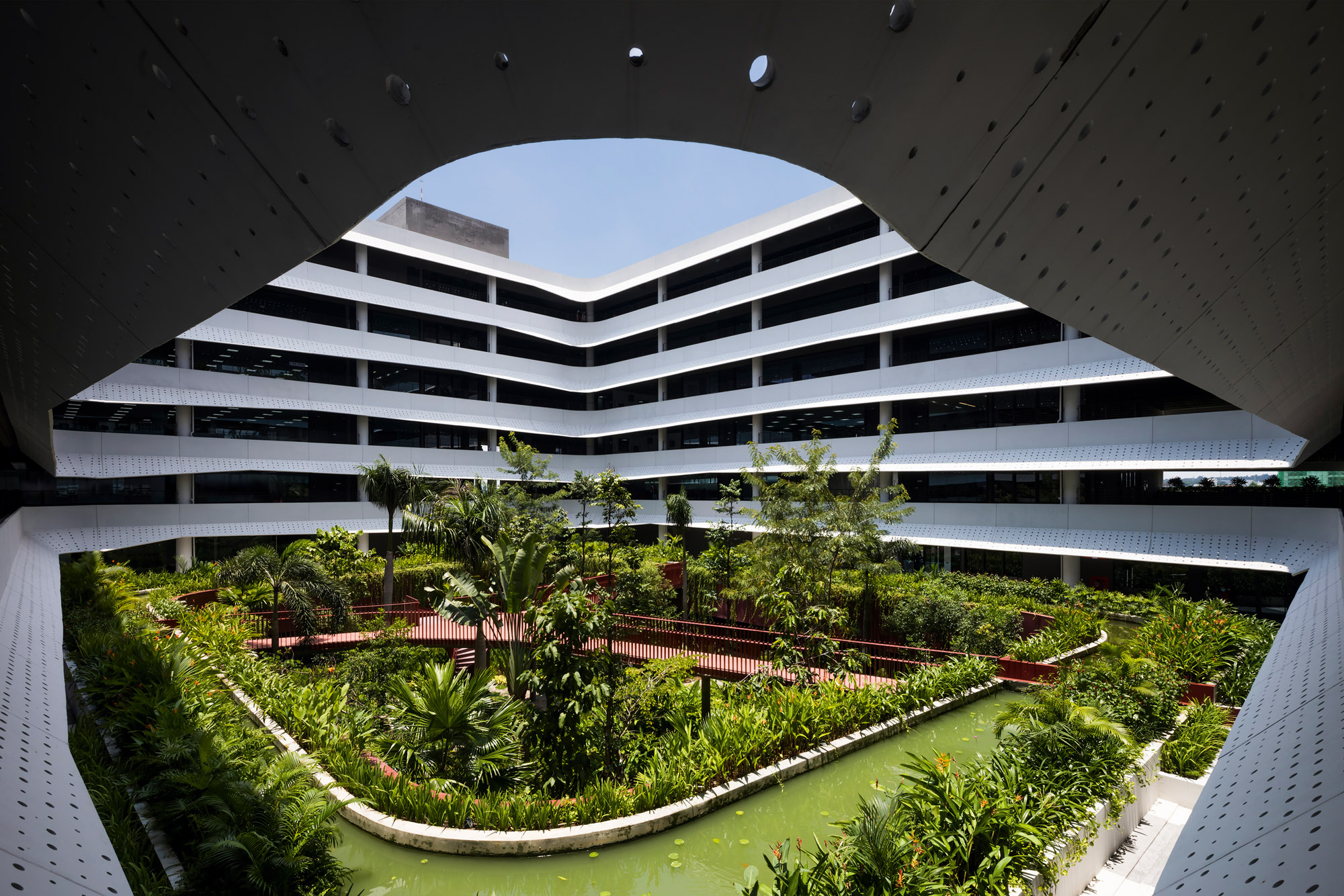
Hiroyuki Oki
On a sizzling April afternoon, a rainstorm pummels Ho Chi Minh City. Despite the deafening downpour, temperatures stay miserably high in the megacity’s concrete and glass-laden central districts. Urbanites remain sheltered in offices and cafés, which are sealed and air-conditioned. After the outburst, which lasts for an hour or so, the clouds crack and the sun resumes its offensive, turning the city’s soggy centre into a steam bath.
About 15km north-west of the vaporous centre, one building experienced the same storm differently. From above, Concrete Waves appears as a singular stack of giant white rings that encircle a lush jungle courtyard. While the breeze that accompanied the cloudburst was blocked from entering the airtight buildings in the city centre, here it swept through and cooled the space. Water lashed the building, but much of it was funnelled to – and absorbed by – the green oasis within. After the rain subsided, air-conditioning units worked hard to keep the naked glass buildings in the city centre cool. But at Concrete Waves, sensibly positioned exterior sunshades protect the glass from the sun’s direct rays, while still inviting plenty of natural light, minimising the need for mechanical cooling.
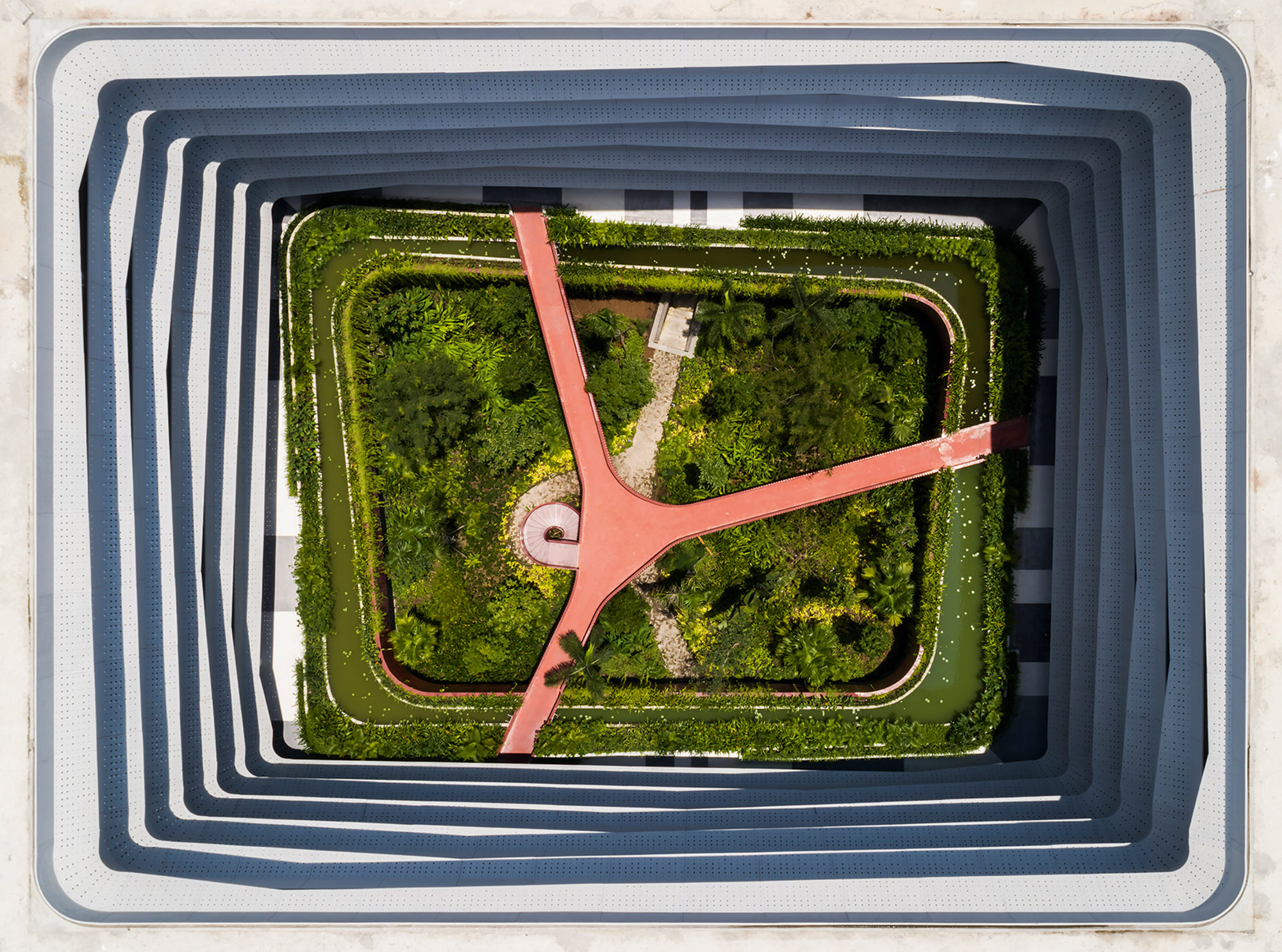
An aerial view of G8A Architects’ Concrete Waves, FPT Software’s new HQ
Ho Chi Minh City’s tropical savannah climate is characterised by abundant rain, plenty of sunshine and a persistent breeze for much of the year. Harnessing the local climate’s benefits while mitigating its disadvantages is at the heart of bioclimatic design, as seen in Concrete Waves’ sustainable architecture. ‘When it comes to building bioclimatic architecture in the tropics, porous is the word,’ explains Swiss architect Grégoire Du Pasquier, a partner at G8A Architects, the firm that designed the building as an office for FPT Software, Vietnam’s largest IT company. ‘You want to encourage natural ventilation.’
While billions are invested in technology to build sustainably, ‘bioclimatic solutions don’t cost a lot’, says French architect Charles Gallavardin, co-founder of T3, a Ho Chi Minh City-based practice that has applied these solutions to residential, commercial and recreational projects across the city for almost a decade. The approach’s affordability is particularly important in middle-income countries such as Vietnam.
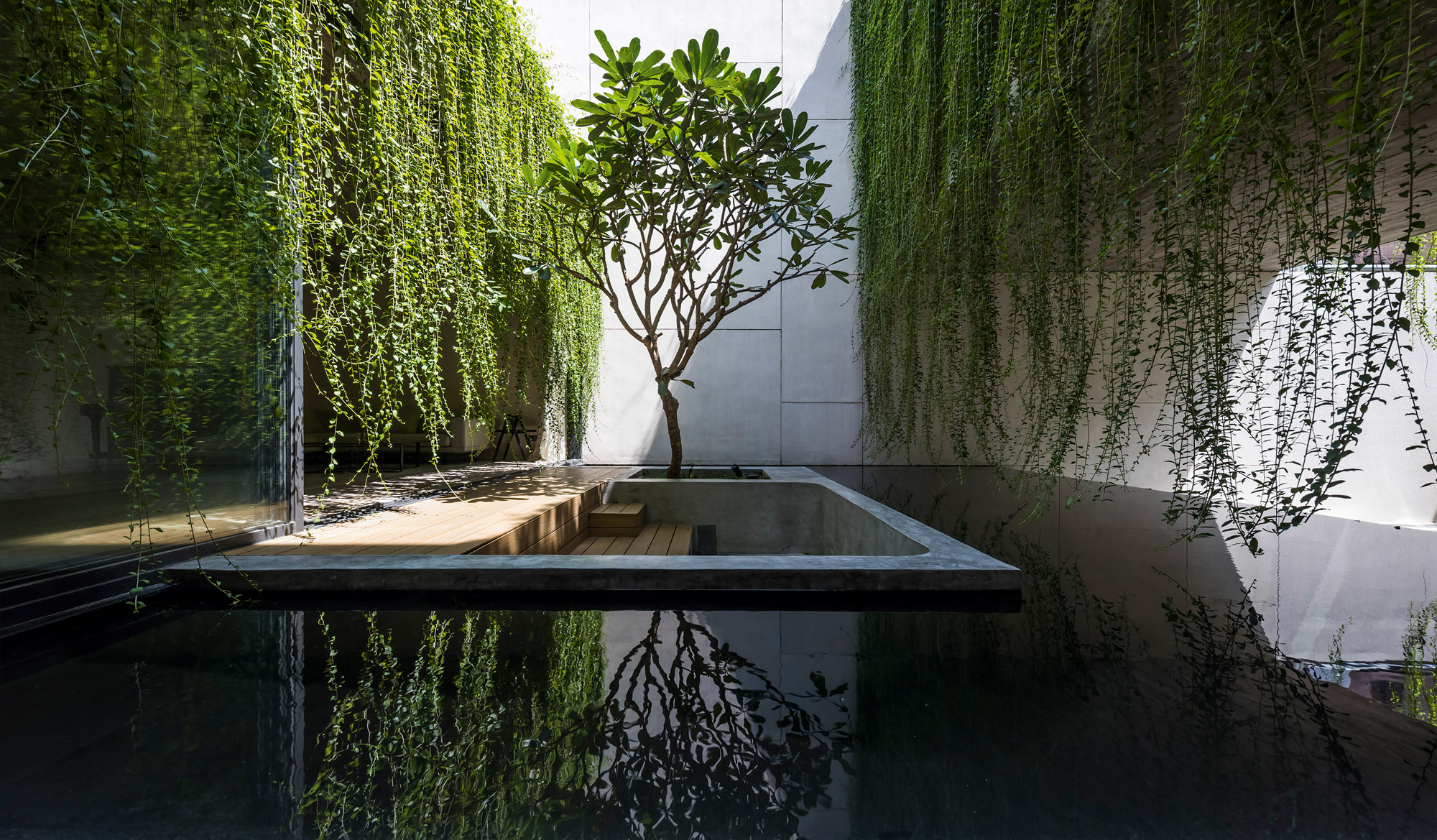
The two-storey Villa Tan Dinh by MIA Design Studio
Each of Concrete Waves’ six floors holds four or five workshops enclosed by glass, but 40 per cent of the structure, including the breakout spaces and corridors, doesn’t need air-conditioning. Bioclimatic design aims to utilise the local climate for optimum human comfort, but it can also make a building more energy-efficient. According to Du Pasquier, the client is already reporting lower-than-expected electricity bills, and is keen to expand the office.
Concrete Waves was designed like a ‘cell that can reproduce; an organism that can grow, mutate and multiply’, says Du Pasquier. The current 31,000 sq m structure, completed in 2019, is only phase one of a three-phase plan. The second and third phases will include two additional jungle courtyards enveloped by interlocking, asymmetrical, similarly porous structures. G8A Architects fit the corridors that overlook the jungle with precast perforated sunshade elements, one of the building’s defining features, to invite the breeze, illuminate the walkways, protect from the rain and allow for unencumbered views of the biophilic nuclei.
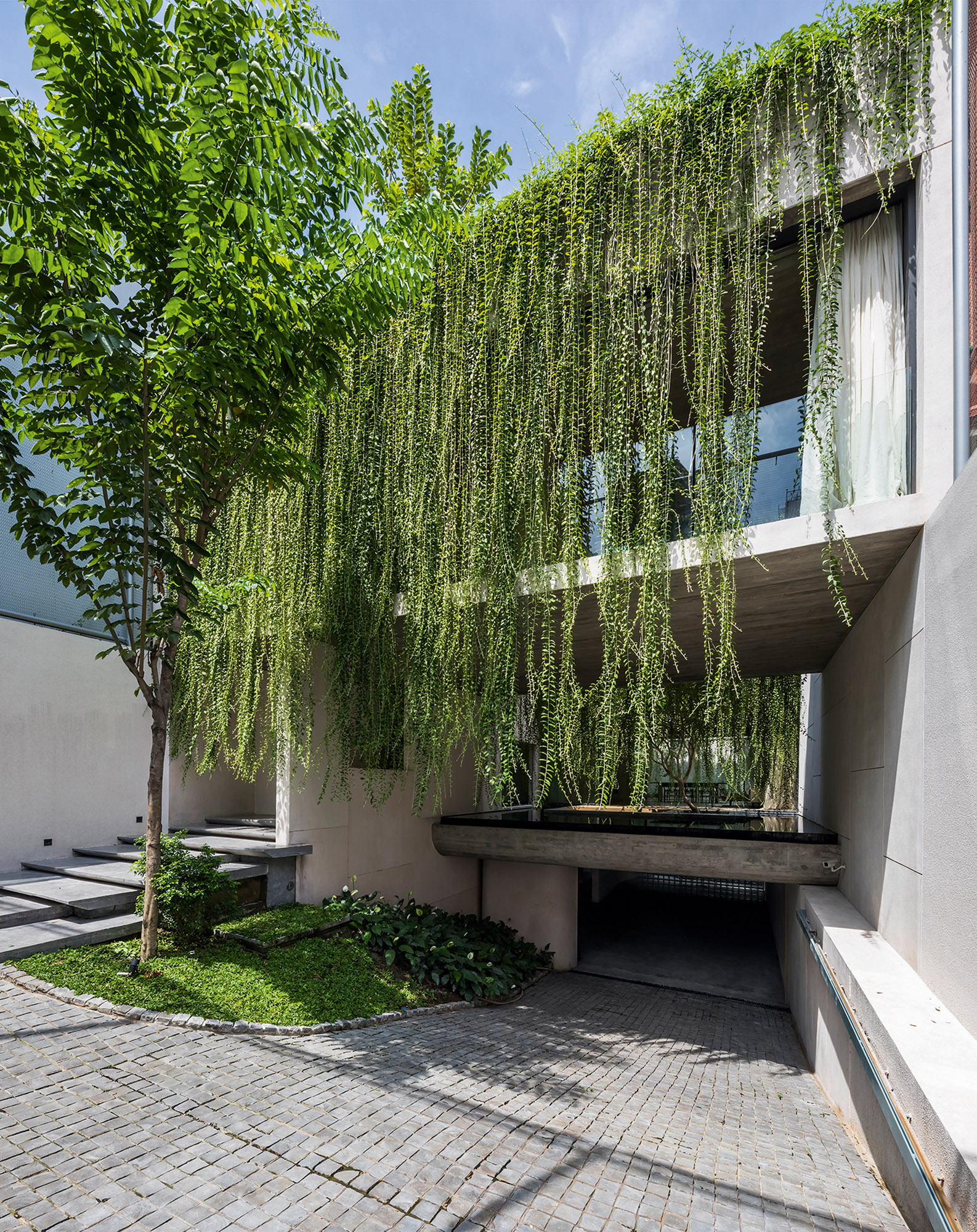
Villa Tan Dinh features a raised pond for additional cooling, and cascading vines to provide extra shade
Biophilic and bioclimatic principles can combine to create gratifying residences, too. On the outskirts of Ho Chi Minh City, G8A Architects had the space to play. But when MIA Design Studio was commissioned to build a house in the city centre, the firm had less room to manoeuvre. Villa Tan Dinh, completed late last year, is situated in one of Ho Chi Minh City’s densest districts, and yet Nguyen Hoang Manh, the firm’s co-founder, still found ways to harness the elements.
Receive our daily digest of inspiration, escapism and design stories from around the world direct to your inbox.
‘We opened up both sides of the house to encourage as much natural ventilation as possible. But we also used a canopy for sunshade,’ he says. The ground floor, which houses a raised pond for additional cooling, is left entirely open, while large windows on the enclosed upper floor are shielded from direct sunlight by cascading vines. The biophilic canopy doubles as a roof terrace, rewarding the residents with a private garden in a district lacking greenery.
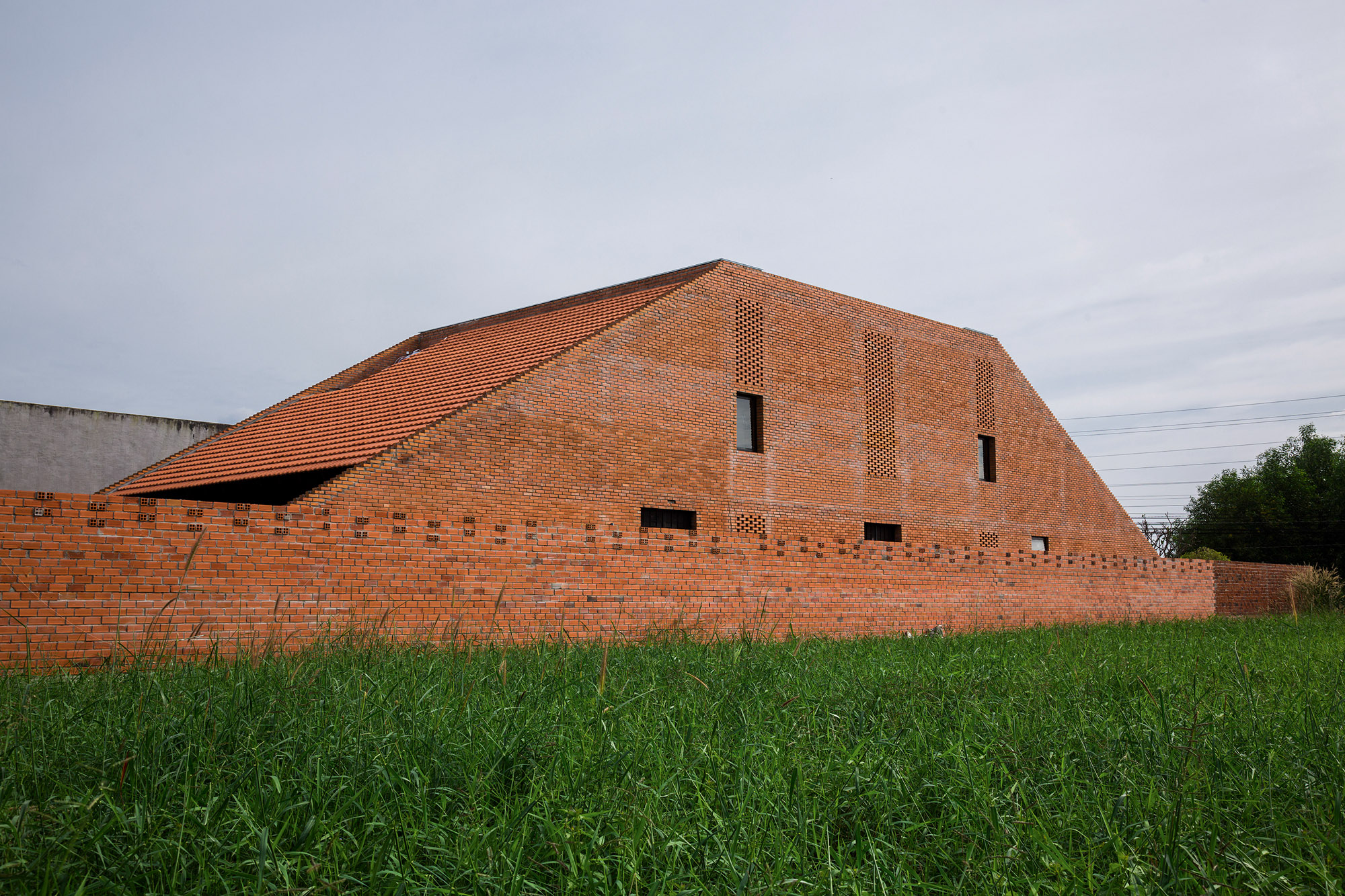
Tropical Space’s Long An House
Tropical Space, another local firm, is building bioclimatic houses that don’t need to be air-conditioned at all. ‘Our philosophy is to live with nature, not to fight against it,’ says Tran Thi Ngu Ngon, the firm’s co-founder. ‘We want the elements to help create built environments, but not overwhelm them,’ she explains.
Around 10km south of the city centre, Tropical Space built Nha Be House, completed in May 2021, for a family of four. One of the family members has respiratory issues and air-conditioning impacts on her health, so the firm built a perforated brick house with a buffer zone and a central void to encourage natural ventilation and resist heat. This echoes both Tropical Space’s award-winning Terra Cotta Studio in central Vietnam, a simple atelier that enables the ceramicist owner to work with natural light, feel refreshed from the breeze, and take inspiration from the sounds of the enveloping countryside; and the firm’s Long An House, a design with a sloping roof and hollow clay brick walls inspired by the local vernacular.
‘Sustainable architecture doesn’t need to be high-tech,’ insists Gallavardin of T3, who is completing a large bioclimatic office in one of Ho Chi Minh City’s most congested districts later this year. ‘It just takes some thought.’
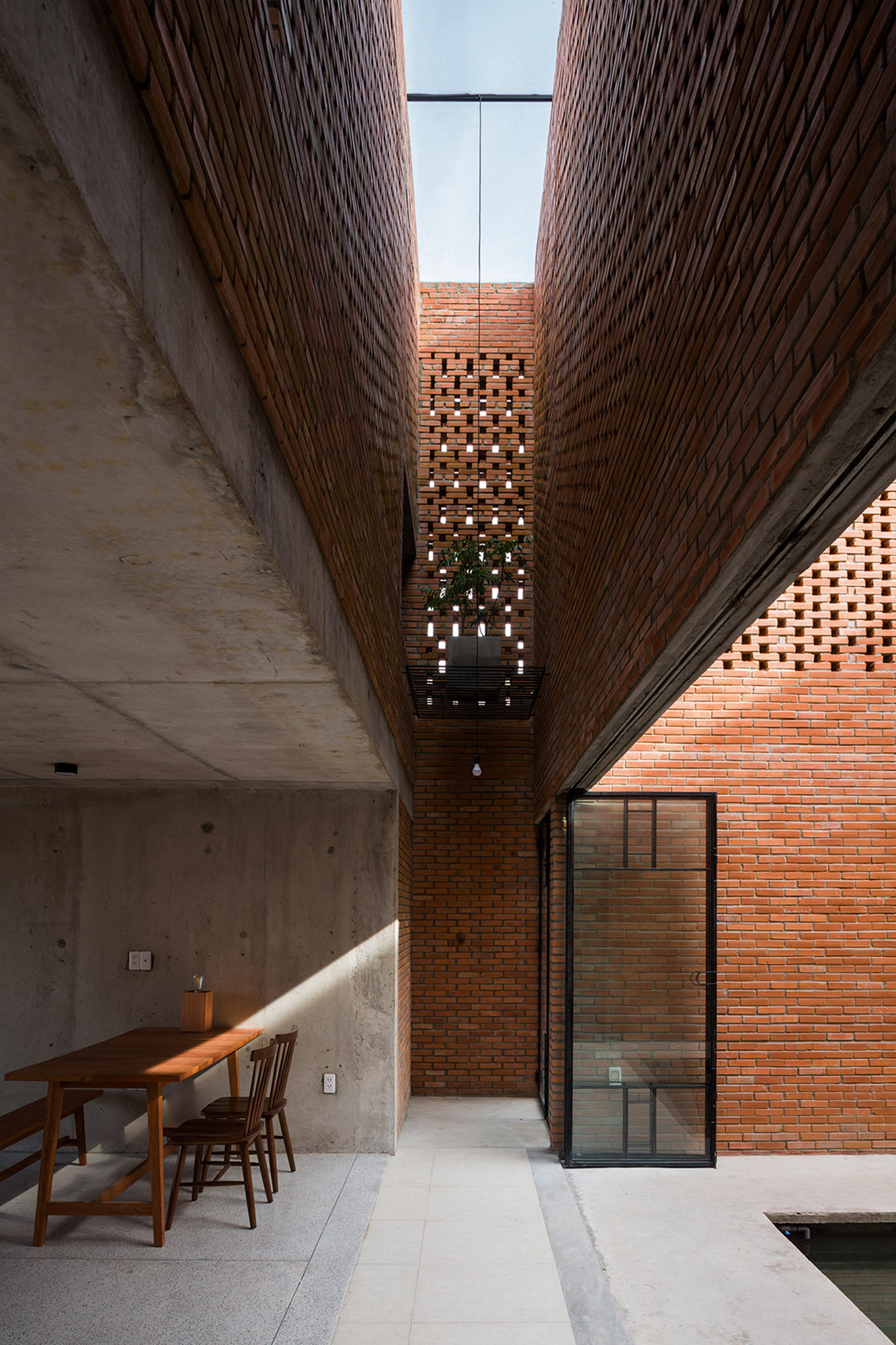
The house by Tropical Space comes with a living area that opens onto a large central courtyard with pool and perforated brick walls that allow the breeze to circulate throughout the building
INFORMATION
This article appears in the August 2021 issue of Wallpaper* (W*268), on newsstands and available for free download
-
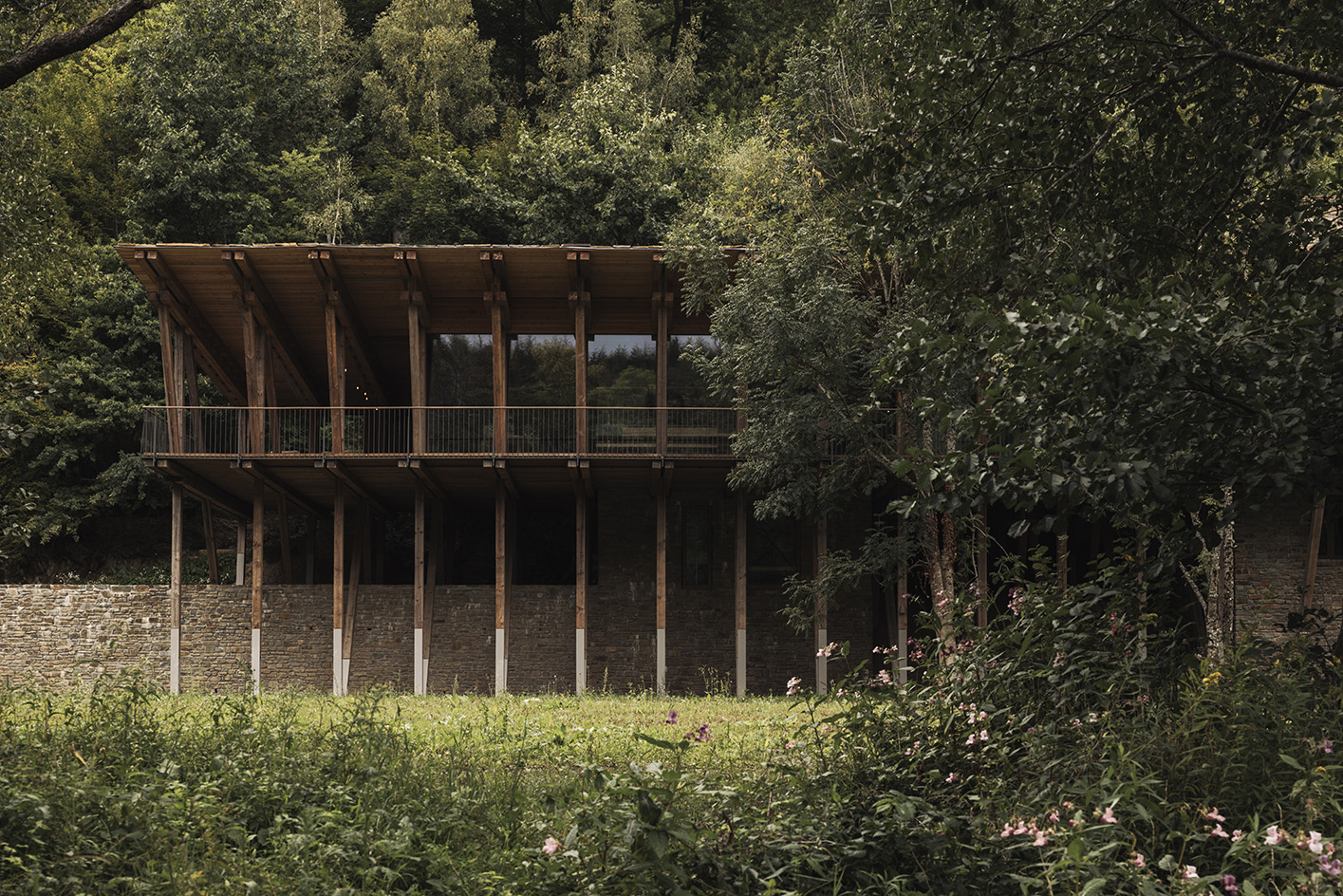 Woodstock House reinterprets modernist legacy through 21st-century sustainability
Woodstock House reinterprets modernist legacy through 21st-century sustainabilityLocally sourced materials and high design ambition merge in the newest residential work by Belgium’s BC Architects & Studies & Materials
-
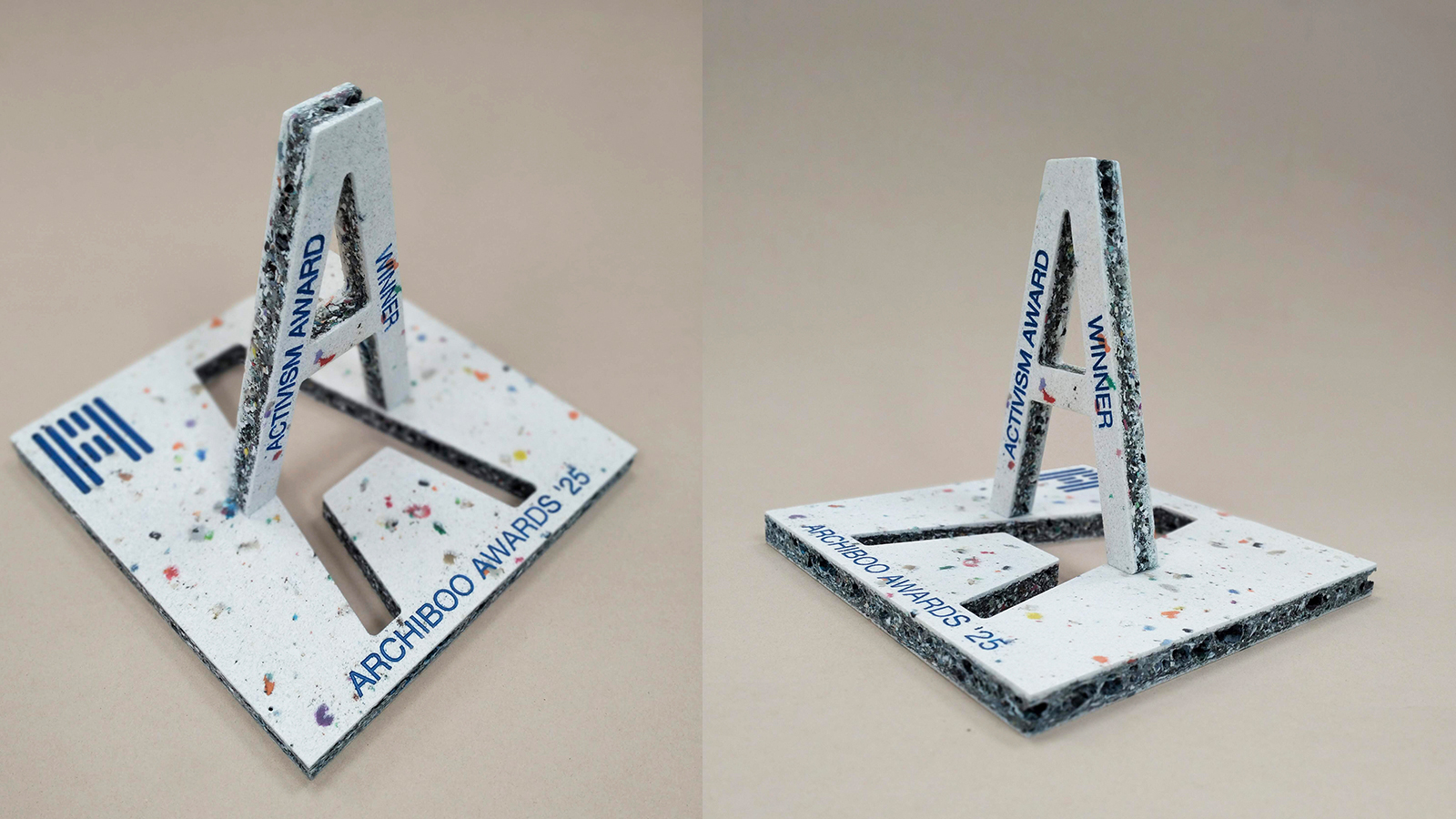 Archiboo Awards 2025 revealed, including prizes for architecture activism and use of AI
Archiboo Awards 2025 revealed, including prizes for architecture activism and use of AIArchiboo Awards 2025 are announced, highlighting Narrative Practice as winners of the Activism in architecture category this year, among several other accolades
-
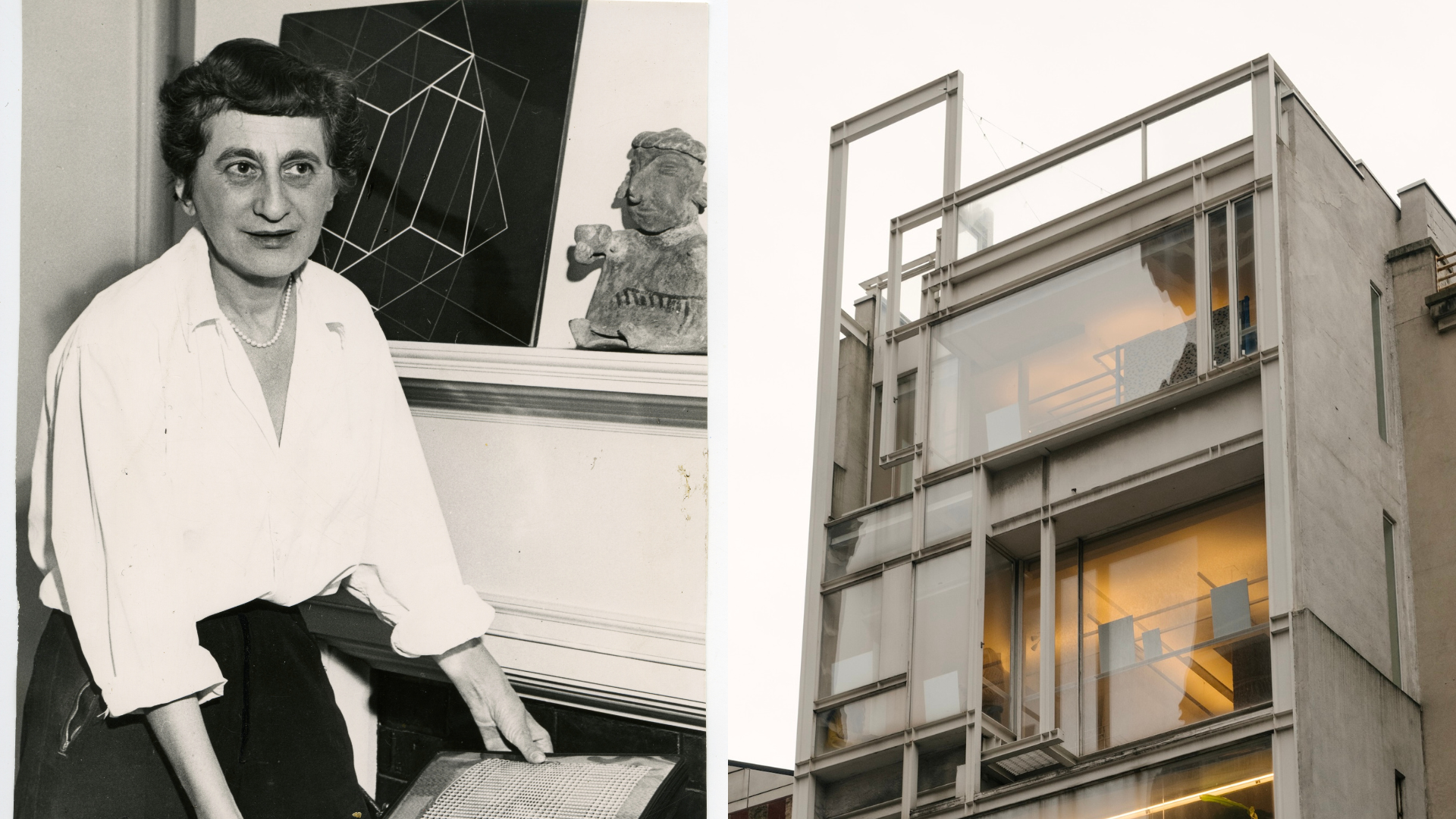 Paul Rudolph's home served as a gigantic 'loom' for an exhibition of Anni Albers textiles
Paul Rudolph's home served as a gigantic 'loom' for an exhibition of Anni Albers textilesItalian textile brand Dedar presented its Weaving Anni Albers collection at the legendary architect’s experimental Modulightor building in New York last week
-
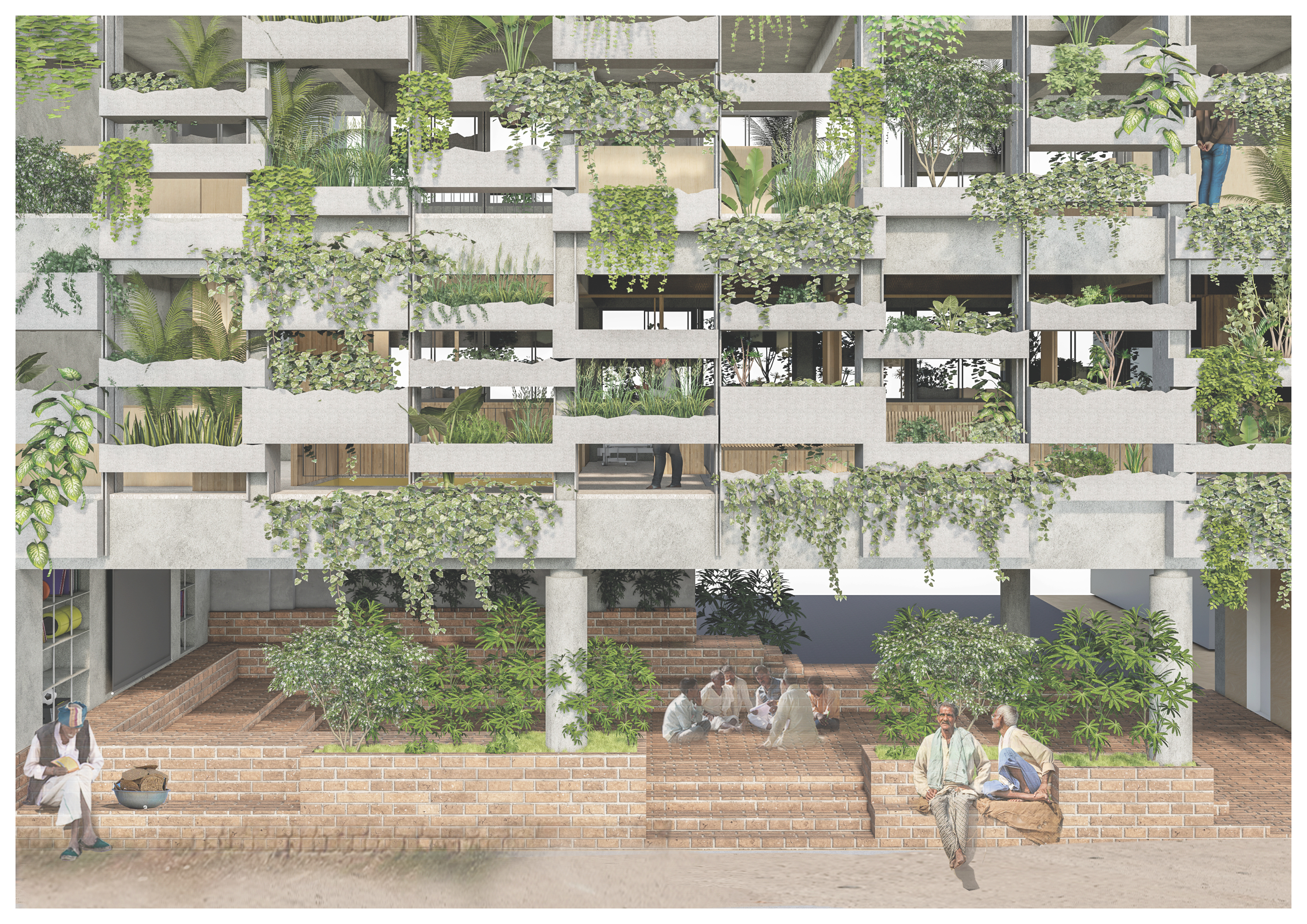 Holcim Foundation Awards celebrate sustainability with 20 winners; Sou Fujimoto explains all
Holcim Foundation Awards celebrate sustainability with 20 winners; Sou Fujimoto explains allThe 2025 Holcim Foundation Awards have just been announced, crowning 20 projects from across the globe as the most inspirational schemes in the field of sustainable architecture; we caught up with Asia Pacific jury chair Sou Fujimoto to find out more
-
 What are biomaterials? Everything you need to know about Mother Nature's building blocks
What are biomaterials? Everything you need to know about Mother Nature's building blocksCould the cities of the future be grown from plants, bacteria and fungi? Architects explain
-
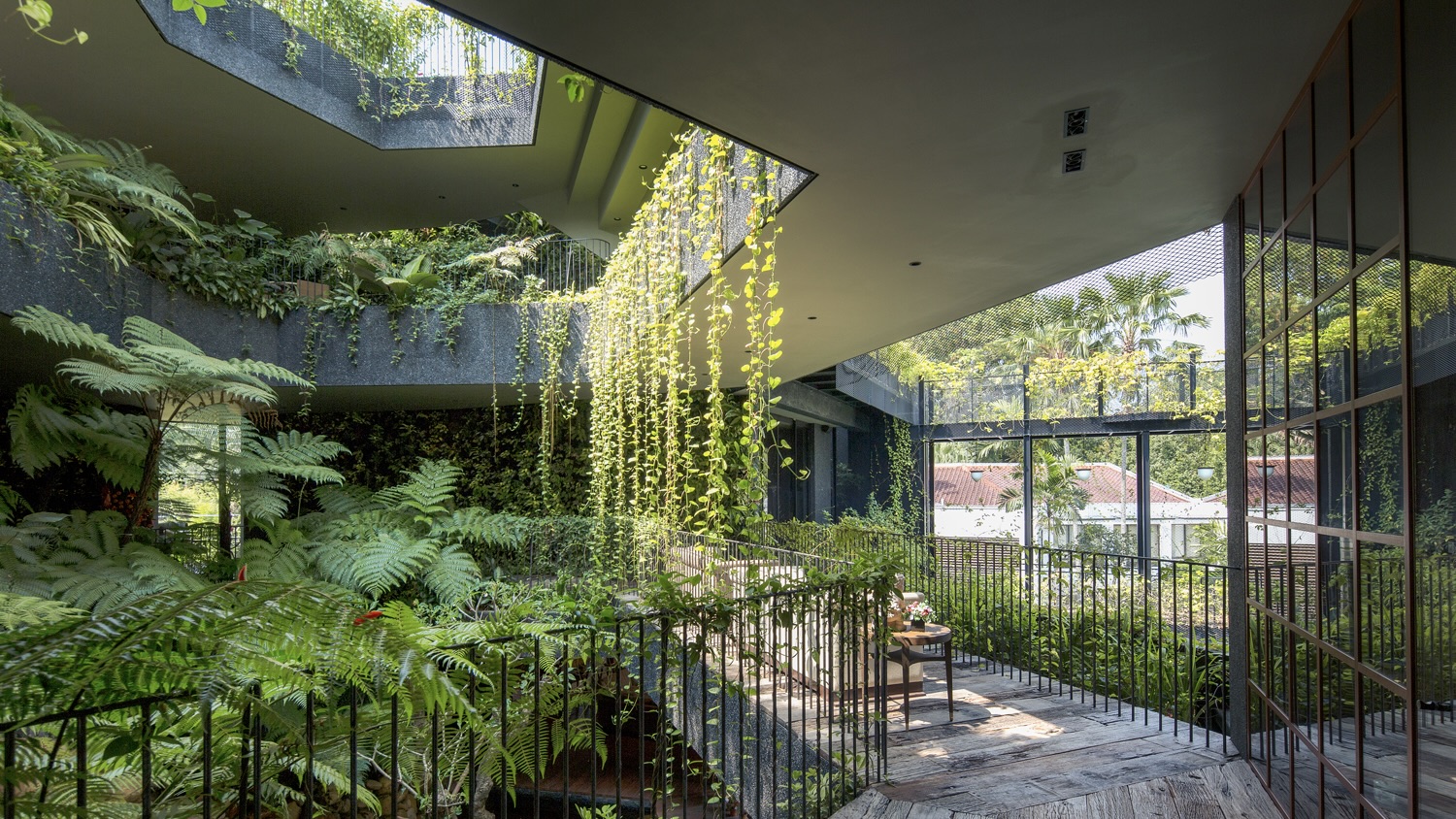 What is eco-brutalism? Inside the green monoliths of the movement
What is eco-brutalism? Inside the green monoliths of the movementThe juxtaposition of stark concrete and tumbling greenery is eminently Instagrammable, but how does this architectural movement address the sustainability issues associated with brutalism?
-
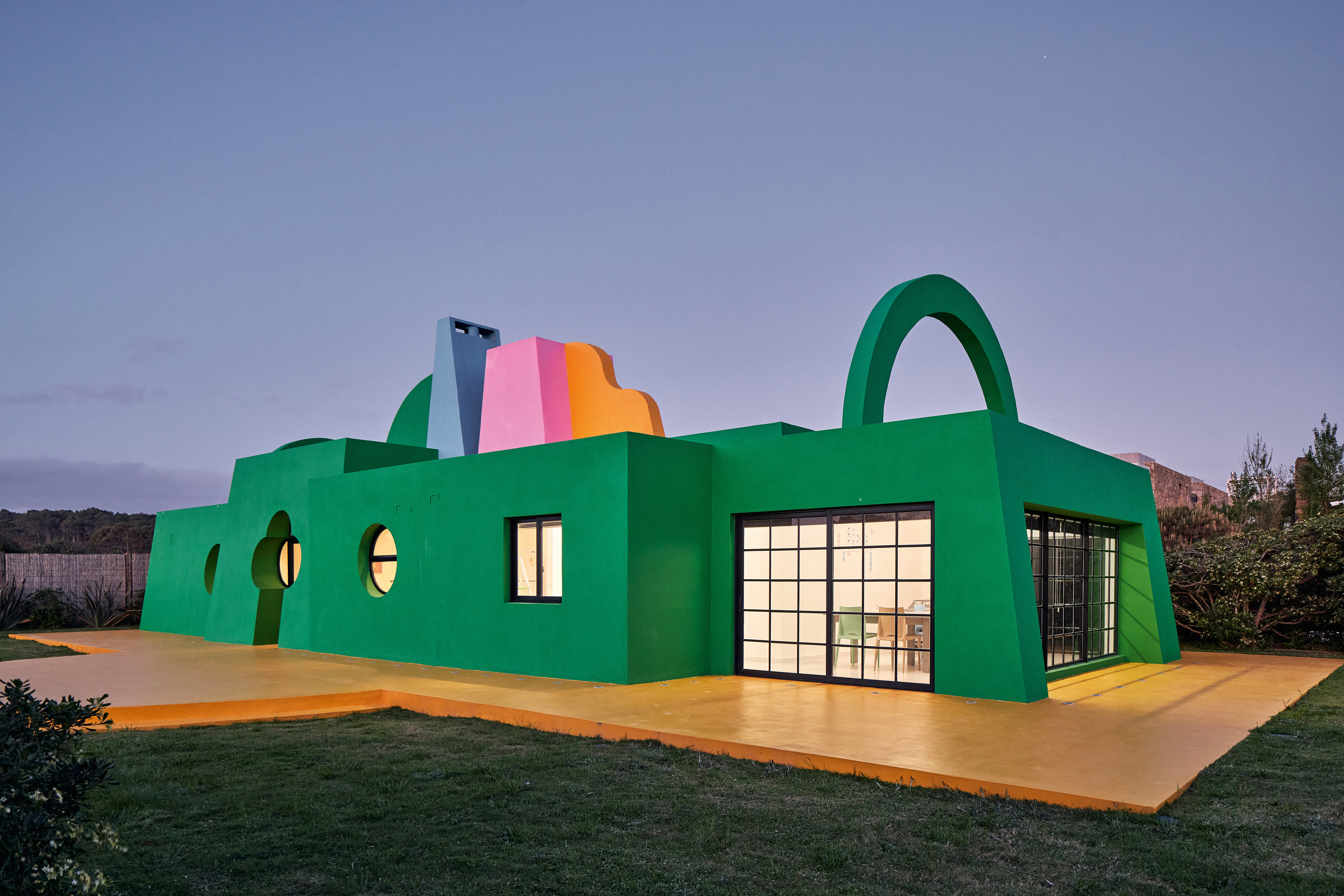 Ten contemporary homes that are pushing the boundaries of architecture
Ten contemporary homes that are pushing the boundaries of architectureA new book detailing 59 visually intriguing and technologically impressive contemporary houses shines a light on how architecture is evolving
-
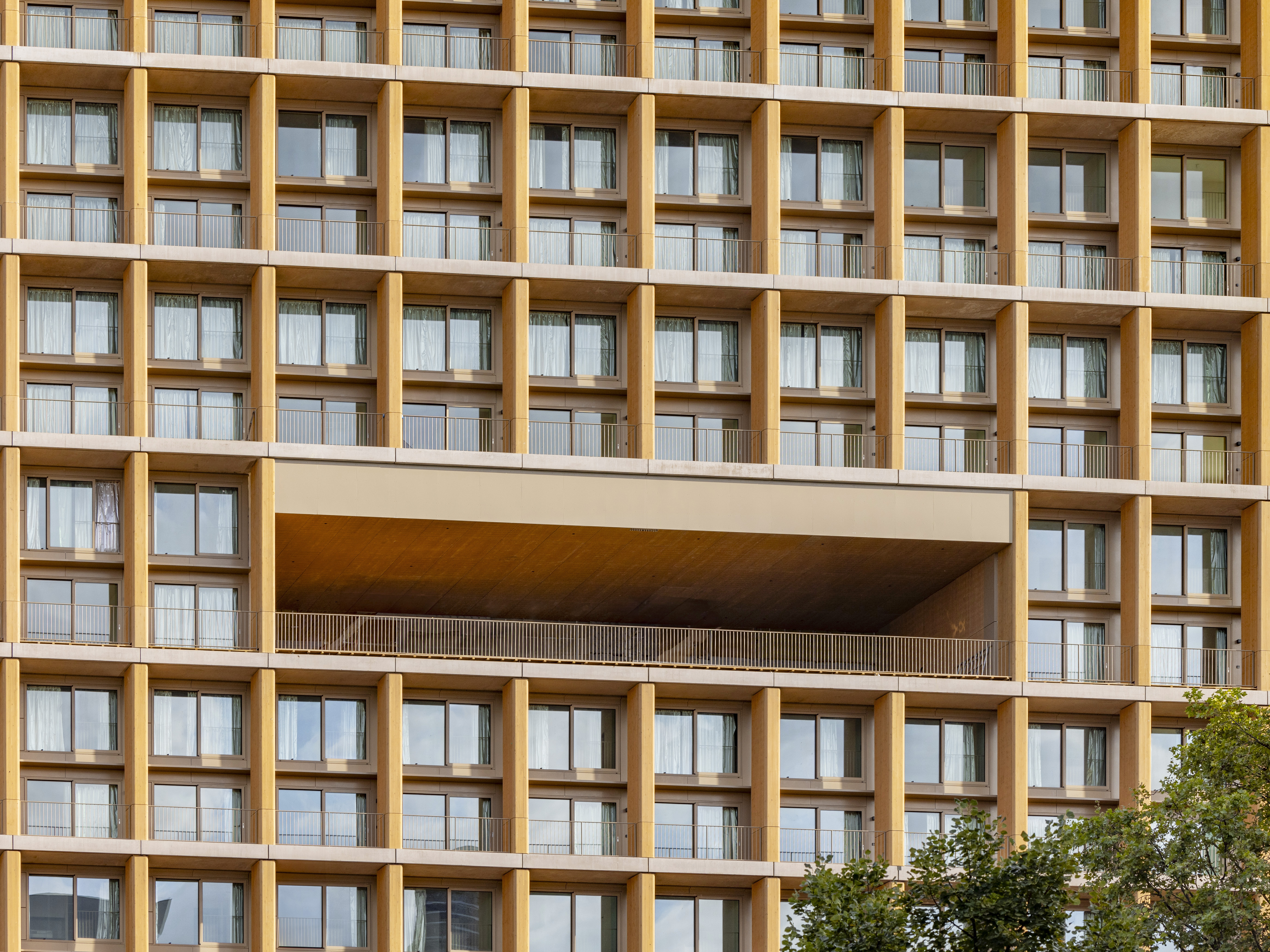 Explore wood architecture, Paris' new timber tower and how to make sustainable construction look ‘iconic’
Explore wood architecture, Paris' new timber tower and how to make sustainable construction look ‘iconic’A new timber tower brings wood architecture into sharp focus in Paris and highlights ways to craft buildings that are both sustainable and look great: we spoke to project architects LAN, and explore the genre through further examples
-
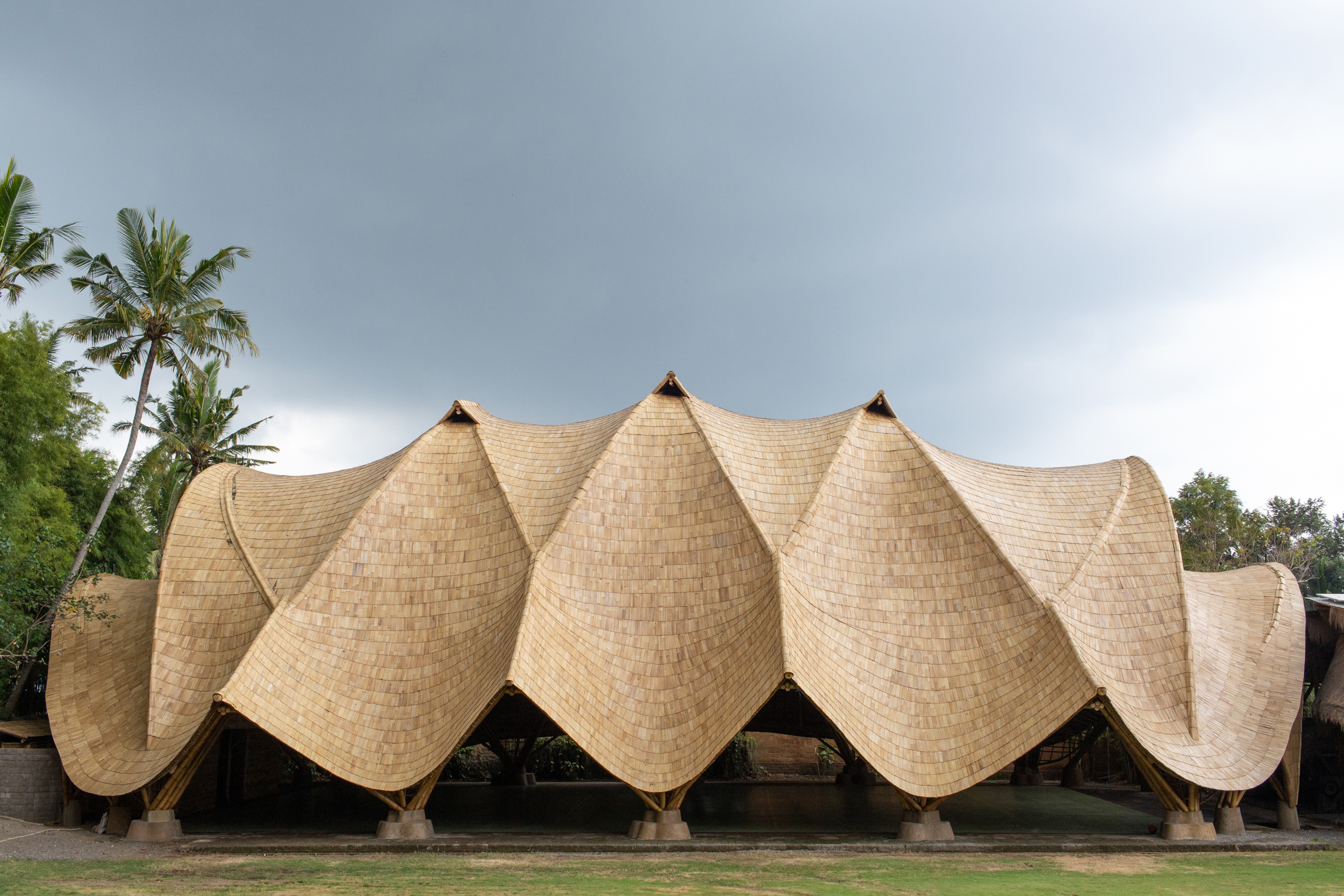 Building with bamboo: In Bali, designer, Elora Hardy, shares her tips and experience
Building with bamboo: In Bali, designer, Elora Hardy, shares her tips and experienceBamboo architecture can be powerful and sustainable; here, we talk to Ibuku's Elora Hardy, who shares her tips, thoughts and experience in working with the material in Bali
-
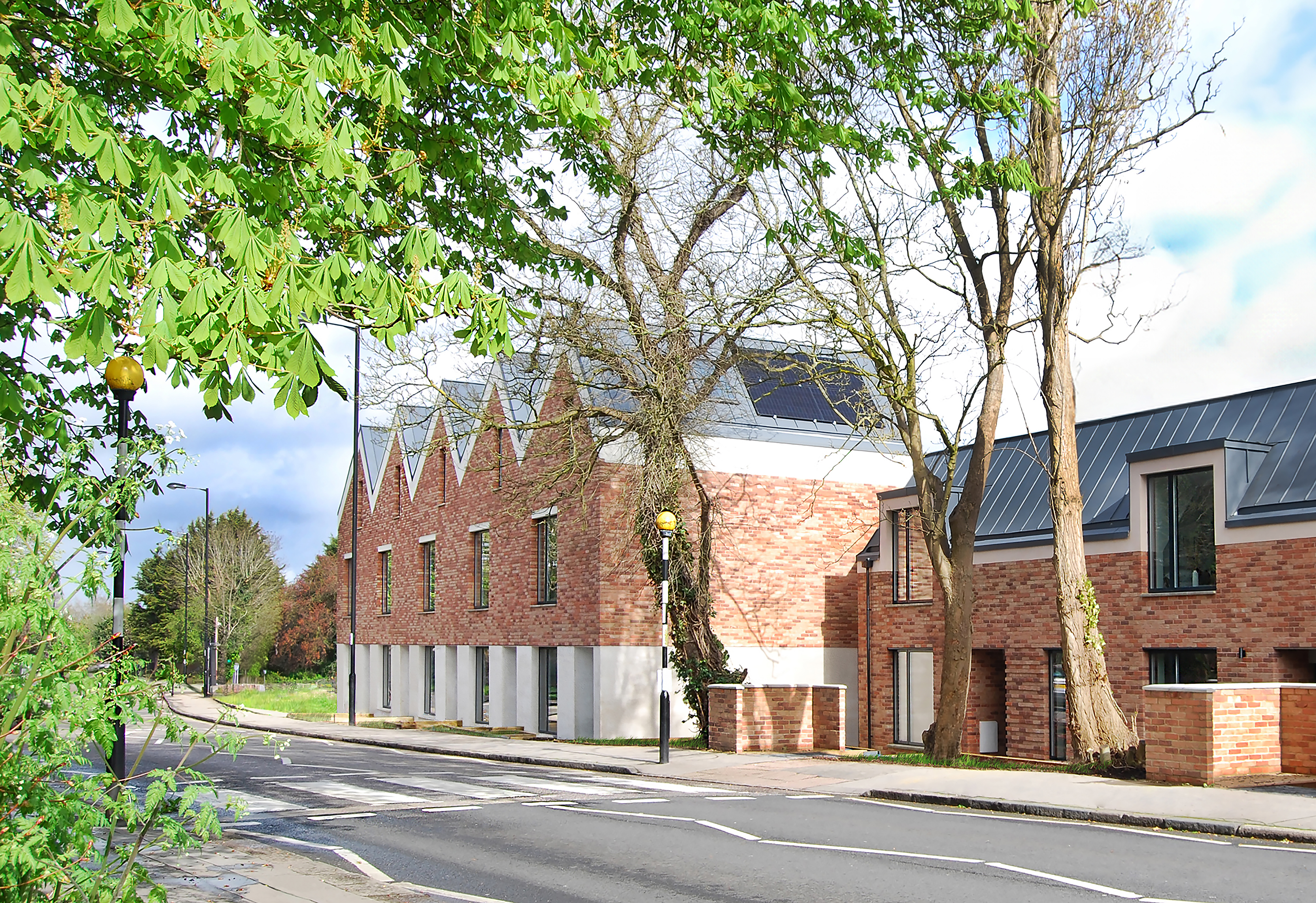 Hermitage Mews is a net-zero family of homes in London’s Crystal Palace
Hermitage Mews is a net-zero family of homes in London’s Crystal PalaceHermitage Mews by Gbolade Design Studio is a sustainable residential complex in south London's Crystal Palace, conceived to be green and contextual
-
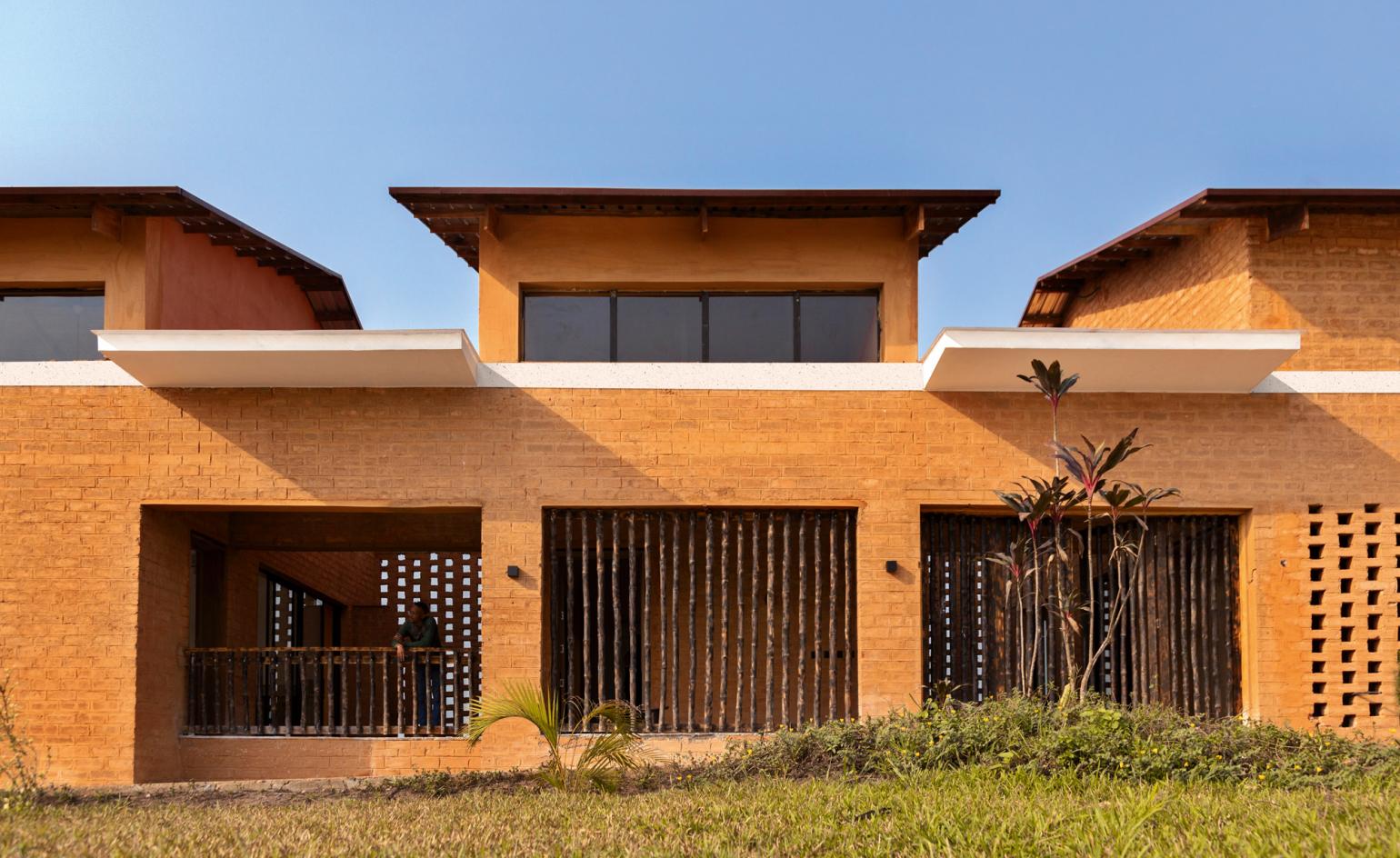 Sustainable architecture: 46 innovative and inspiring building designs
Sustainable architecture: 46 innovative and inspiring building designsThis is sustainable architecture at its best: from amazing abodes to centres of care and hard-working offices, these buildings not only look good but also do good